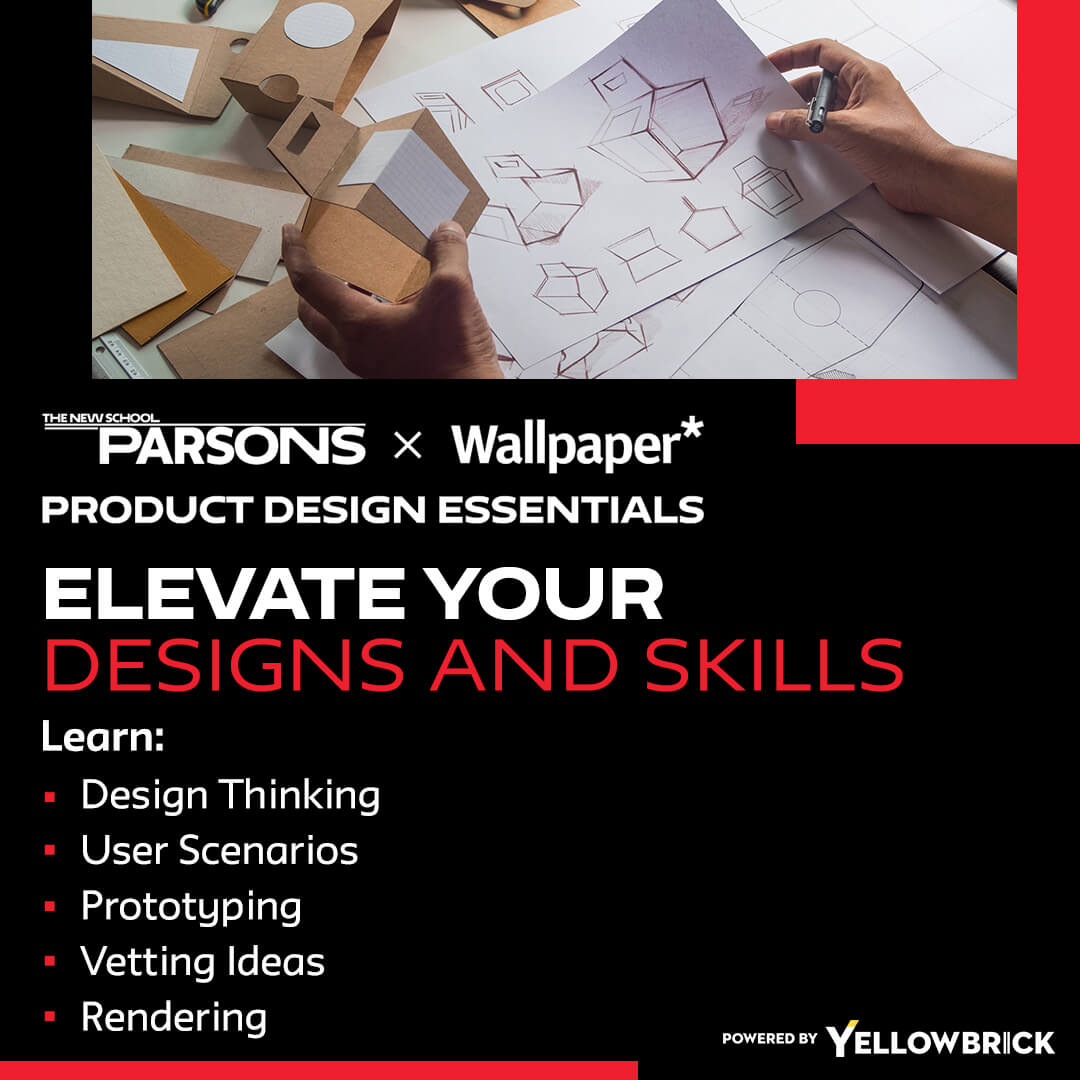Understanding Cross-Functional Design
Cross-functional design involves breaking down silos between different departments or disciplines within an organization to foster collaboration and synergy. By bringing together individuals with varied expertise, such as designers, engineers, marketers, and project managers, cross-functional teams can leverage their diverse skills and perspectives to develop holistic solutions that address complex challenges.
Key Principles of Cross-Functional Design
Several key principles underpin successful cross-functional design initiatives:
- Collaboration: Encouraging open communication and cooperation among team members to leverage their unique strengths.
- Empathy: Understanding and valuing the perspectives and contributions of individuals from different backgrounds.
- Iterative Design: Embracing an iterative approach to design that allows for continuous feedback and improvement.
- User-Centricity: Prioritizing the needs and experiences of end-users in the design process.
- Flexibility: Being adaptable and open to change to respond effectively to evolving project requirements.
Benefits of Cross-Functional Design
Cross-functional design offers numerous benefits to organizations, including:
- Innovative Solutions: Combining diverse expertise leads to creative and innovative solutions that address complex problems.
- Efficiency: Streamlining processes and decision-making by bringing together all necessary stakeholders early in the design process.
- Enhanced Communication: Improving communication and collaboration across departments, leading to better alignment and shared goals.
- Learning Opportunities: Encouraging continuous learning and skill development through exposure to different perspectives and approaches.
- Improved Productivity: Boosting productivity by leveraging the collective knowledge and skills of cross-functional teams.
Challenges in Cross-Functional Design
While cross-functional design offers significant advantages, it also presents challenges that organizations must navigate:
- Communication Barriers: Differences in terminology, priorities, and communication styles can impede effective collaboration.
- Conflict Resolution: Managing conflicts that may arise due to differing opinions, priorities, or approaches.
- Resource Allocation: Balancing resources and priorities across multiple departments or disciplines.
- Decision-Making: Ensuring that decisions are made efficiently and effectively with input from all relevant stakeholders.
- Cultural Differences: Addressing cultural differences and ensuring inclusivity and respect for diverse perspectives within the team.
Skills for Success in Cross-Functional Design
To excel in cross-functional design roles, individuals need a diverse set of skills, including:
- Communication: Effective communication skills are essential for conveying ideas, listening to others, and fostering collaboration.
- Critical Thinking: The ability to analyze complex problems, evaluate options, and make informed decisions.
- Adaptability: Being able to adapt to changing circumstances, priorities, and team dynamics.
- Empathy: Understanding and empathizing with the perspectives and needs of team members and stakeholders.
- Project Management: Skills in project management, including planning, organizing, and coordinating tasks and resources.
- Creativity: Thinking outside the box and generating innovative solutions to challenges.
Conclusion
Cross-functional design is more than just teamwork—it’s a powerful strategy for tackling complex challenges with creativity and efficiency. By bringing together diverse expertise, fostering open communication, and prioritizing user needs, organizations can develop innovative solutions that stand out in a competitive market.
While challenges like communication barriers and resource balancing exist, the benefits far outweigh the hurdles for teams that embrace flexibility, empathy, and collaboration. In an increasingly interconnected world, cross-functional design isn’t just an advantage—it’s a necessity for sustainable success.
Key Takeaways:
- Cross-functional design unites professionals from various disciplines to create innovative, holistic solutions.
- Breaking down departmental silos fosters collaboration, synergy, and a shared vision.
- Core principles include collaboration, empathy, iterative design, user-centricity, and flexibility.
- Benefits range from enhanced creativity and efficiency to stronger communication and productivity.
- Common challenges include communication barriers, resource allocation conflicts, and cultural differences.
- Essential skills for success include communication, critical thinking, adaptability, empathy, project management, and creativity.
- Despite challenges, cross-functional design is increasingly vital for organizations aiming to stay competitive in a fast-paced, interconnected market.
To enhance your skills in cross-functional design, consider enrolling in the Parsons Product Design Essentials online course and certificate program offered by Yellowbrick for a comprehensive learning experience.







